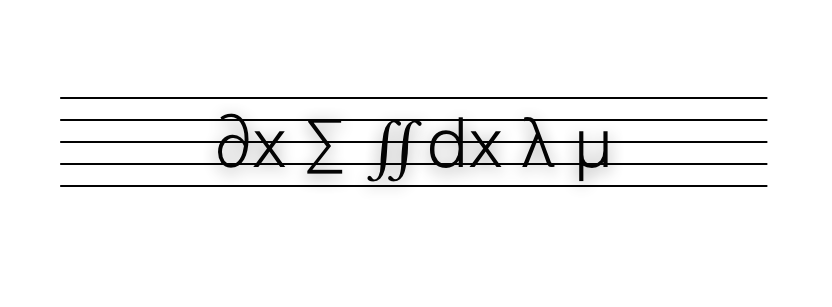Maths and music. Probably my two favourite subjects, and yet, two things that are often considered as mutually exclusive. But this is very, very far from the truth. Much research has been done to show that logicians and mathematicians are often very talented musicians. History also supports this fact (I have linked to a couple of interesting articles at the end of this one that go into more detail about this).
There are more direct mathematical links to be found in music, however. One that I enjoy most is the combination of odd and even numbers in terms of beats and time signatures. This is simple in theory (although often difficult to execute), but has powerful effects in practice. Great examples of this can be found in the music of Dream Theater, et al.
Today, I wish to demonstrate the power of numbers in music using a very interesting example found in the song ‘Searching’ by Joe Satriani.
The Maths
The basis behind this example lies in the concept of common multiples and cycles. Let’s go over the basics first.
What is the lowest common multiple of 4 and 3? The answer is 12, because this is the lowest number than can be divided by both 4 and 3. Similarly, the lowest common multiple of 2 and 3 is 6.
Why is this interesting? Well try my variant of a ‘round’ with a friend:
- Get a metronome and set it to a comfortable speed (120 beats per minute is always a good start). Metronome Online is a good online metronome if you need one.
- One person speaks the sentence “I like to sing”, making sure to say one word for each click of the metronome, and repeats this 3 times.
- The second person says “So do I”, starting on the same beat as the first person and again only speaking one work per click. This person must repeat their sentence 4 times.
The point is that both sentences will finish on the 12th beat, or the 12th word spoken in this case:
I like to sing I like to sing I like to sing
So do I So do I So do I So do I
Now imagine doing this with someone playing a 4-note phrase and another playing a 3-note phrase in harmony with the first phrase. You’d get an interesting pattern appearing, with the cycle repeating after every 12 beats.
The Music
The pattern in the song Searching forms a similar cycle, but of 3s and 2s. Here’s a short clip showing the concept, but in a simplified form (please excuse the poor sound quality).
In the first portion, I am playing a short sequence of the 3 notes B-G-E (from an E minor chord).
After this, I add a cycle of 2 – every other note is shifted by an octave. So we create an overall cycle which repeats every 6 notes: B1, G2, E1, B2, G1, E2 (the numbers represent the octaves, so that E2 is one octave higher than E1). Note how this simple octave switching makes for an interesting soundscape.
The song Searching follows a similar pattern – a combination of 3-note patterns with a 2 octave cycle added to them. What makes it sound even more interesting is that the notes of each 3-note pattern overlap, creating a crazy juxtaposition of notes that is quite confusing, and yet pleasing to the ear.
Rather than analyse it further, I think it’s best just to listen to it. I’d play it for you, but rather than embarrassing myself, I shall leave it to the maestro (the chorus riff that I am referring to can be found at 1:48, but I’d recommend watching it all):
For more in-depth reading regarding the links between mathematics and music, I recommend the following:
http://www.thecrimson.com/article.aspx?ref=150320
http://www-groups.dcs.st-and.ac.uk/~history/Extras/Archibald_music_1.html

